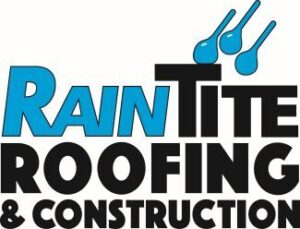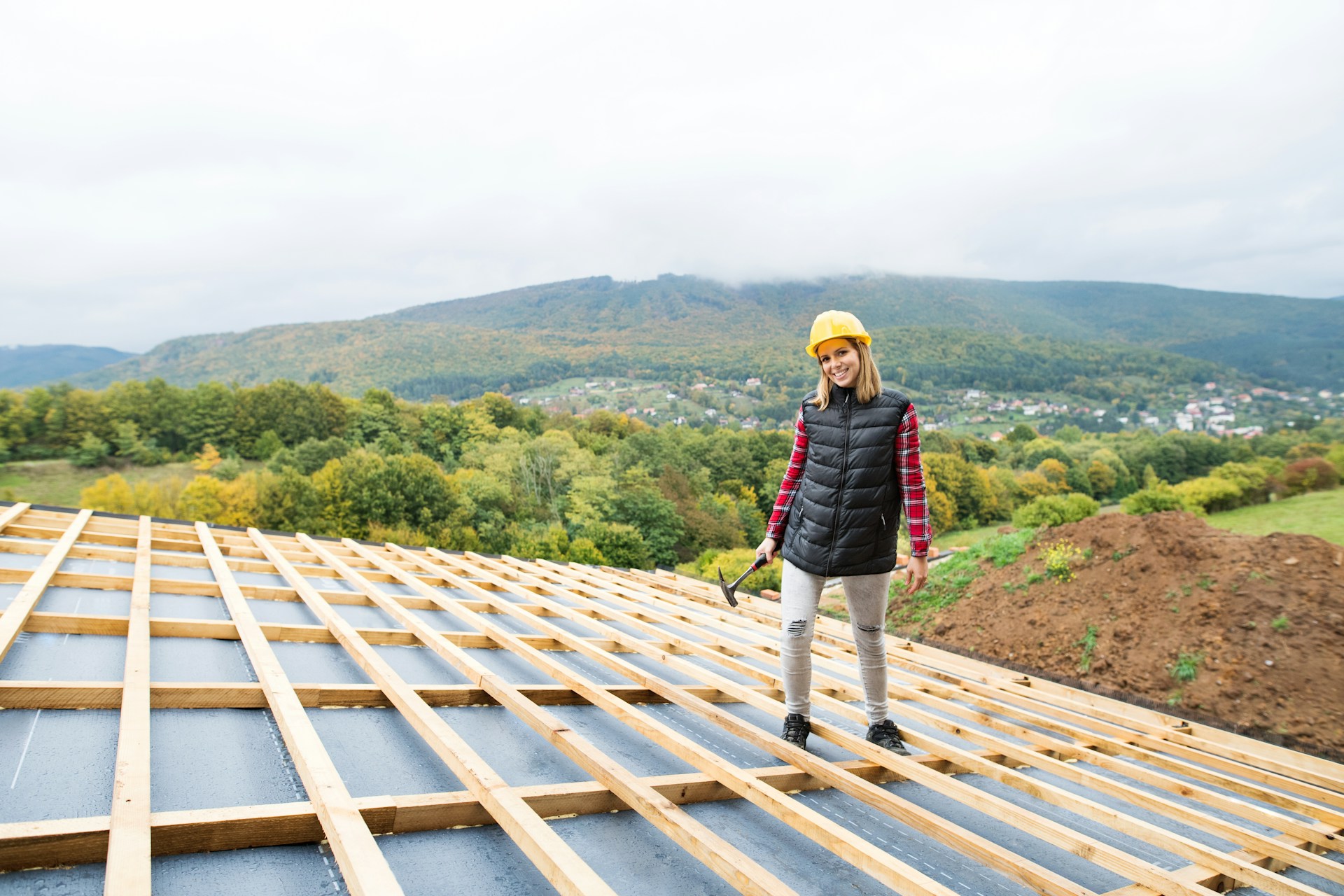The roof is one of the most crucial parts of any commercial building. It protects the interior from the elements and ensures a safe environment for employees and customers. However, over time even the best roofs wear out and need replacement. Recognizing the signs early on can save you money and prevent more serious issues down the road.
One of the key signs that your commercial roof may need replacement is visible damage. This includes cracked or missing shingles, sagging areas, or noticeable wear and tear. While minor damage can often be repaired, extensive visible damage usually indicates that the roof is nearing the end of its lifespan and requires replacement.
Water damage is another red flag that your roof may need to be replaced. Leaks, mold, and damp spots inside the building are clear indicators of roofing problems. Ignoring these signs can lead to severe structural issues and costly repairs. Addressing leaks and water damage promptly by replacing the roof ensures the safety and longevity of your building.
If you notice a sudden increase in your energy bills, your commercial roof could be to blame. An old or damaged roof can lose its insulating properties, causing heating and cooling systems to work harder to maintain a comfortable temperature. Replacing the roof can improve energy efficiency and lower utility costs.
Understanding these signs can help you take proactive measures to ensure the safety and efficiency of your commercial building. A well-maintained roof extends the life of your property and provides peace of mind, knowing that your investment is protected.
Visible Damage and Wear
One of the first signs that your commercial roof may need replacement is visible damage and wear. Start by checking for cracked, missing, or curling shingles. These problems can occur due to various factors such as age, weather conditions, or poor installation. When these issues are widespread, it typically means the roof is no longer providing adequate protection.
Additionally, look for any sagging areas on the roof. Sagging often indicates that there is damage to the underlying structure, which can compromise the roof’s integrity. Pay close attention to areas around chimneys, vents, and skylights as they are more susceptible to wear and tear. If you notice any of these signs, it’s crucial to take action immediately to avoid further damage.
Leaks and Water Damage
Leaks and water damage are serious indicators that your commercial roof needs replacement. Water infiltration can cause extensive harm not only to the roof but also to the interior of the building. Check for damp spots or discoloration on ceilings and walls, as these are common signs of leaks. Mold and mildew growth is another red flag; they thrive in moist environments caused by water damage.
It’s essential to inspect roof flashing, which is the material that seals roof joints. Damaged or loose flashing can allow water to seep in, leading to leaks. Puddles of water on the roof, known as ponding, can also signal drainage issues. Addressing these leaks and water damage promptly by replacing the roof can prevent costly repairs and ensure the safety of your building’s structure.
Rising Energy Bills
If you’ve noticed a surprising increase in your energy bills, your commercial roof might be the culprit. An insulating roof is supposed to help regulate the building’s temperature. However, as a roof deteriorates, it loses its ability to keep warm or cool air inside. This forces your heating and cooling systems to work harder, resulting in higher energy costs.
Inspect your roof’s insulation and look for any gaps or cracks. Poor insulation or damaged roofing materials can lead to energy loss. If your HVAC system is running more frequently and your energy bills are climbing, it might be time to replace the roof. Updating your roofing can improve the building’s energy efficiency and lower your utility costs in the long run.
Age and Lifespan of the Roof
The age of your roof is a significant factor in determining whether it needs to be replaced. Different roofing materials have various lifespans. For example, asphalt shingles typically last around 20-30 years, while metal roofs can last up to 50 years. Knowing the age of your roof can help you gauge when it might be time for a replacement.
Check your roof’s maintenance records to see when it was last replaced or heavily repaired. If your roof is approaching the end of its expected lifespan, replacement is likely on the horizon. Even if there are no immediate signs of damage, an aging roof is more susceptible to problems and can compromise the safety of your building. Proactively replacing an old roof can prevent future issues and ensure continued protection.
Conclusion
Recognizing the signs that your commercial roof needs replacement is crucial for maintaining the safety and efficiency of your building. Visible damage, such as cracked or missing shingles, and sagging areas can indicate that your roof is deteriorating. Leaks and water damage pose a severe threat to both the roof and the building’s interior. Rising energy bills can signal that your roof is no longer providing the insulation it should, leading to higher costs. Finally, the age and lifespan of the roof are key factors in determining the need for replacement.
Taking action when you notice these signs can save you money and prevent more extensive damage. A proactive approach to roof maintenance and replacement protects your investment and ensures a safe environment for everyone inside. If you recognize any of these signs, don’t wait until the problems escalate.
Contact us at RainTite Roofing & Construction to discuss your roofing needs. We can provide expert advice and quality commercial roofing services to help you maintain a durable and efficient commercial roof.

